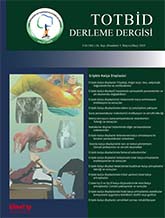
Adult hip dysplasia is a condition resulting from inadequate treatment of developmental hip dysplasia, leading to joint instability and early osteoarthritis. Various proximal femoral osteotomies have been developed since 1826 to correct hip biomechanics, improve joint stability and delay the progression of osteoarthritis. Intertrochanteric valgus and varus osteotomies, derotation osteotomies and subtrochanteric pelvic support osteotomies have been successfully performed in young and symptomatic patients. Proper patient selection and biomechanical evaluation are critical in determining the most appropriate surgical procedure to optimize functional outcomes and delay the need for total hip arthroplasty.